Blog
-

Stainless steel-Magnetic Stainless Steels
In order for stainless steel to have magnetic properties, two very important elements must exist. First, it must contain iron, which is a ferrous metal (or metal with high amounts of ferrite). Second, it must have a crystal composition arranged in a ferritic or martensitic structure. In fact, the 3 primary types of magnetic stainless steel are ferritic, martensitic, and duplex, each of which have their own set of grades.Read more -

stainless steel Why Doesn't Stainless Steel Rust?
Steel has been an important metal in the human industry for thousands of years. In fact, the earliest known production of steel dates back to an archaeological site in Anatolia nearly 4,000 years ago. The Roman military was known to use steel, and early civilizations used it in weapons, tools, and construction. As prized as steel was by our ancestors, both for its strength and relatively lightweight, it possessed one key flaw that was a tremendous hindrance: it was incredibly prone to rust.Read more -
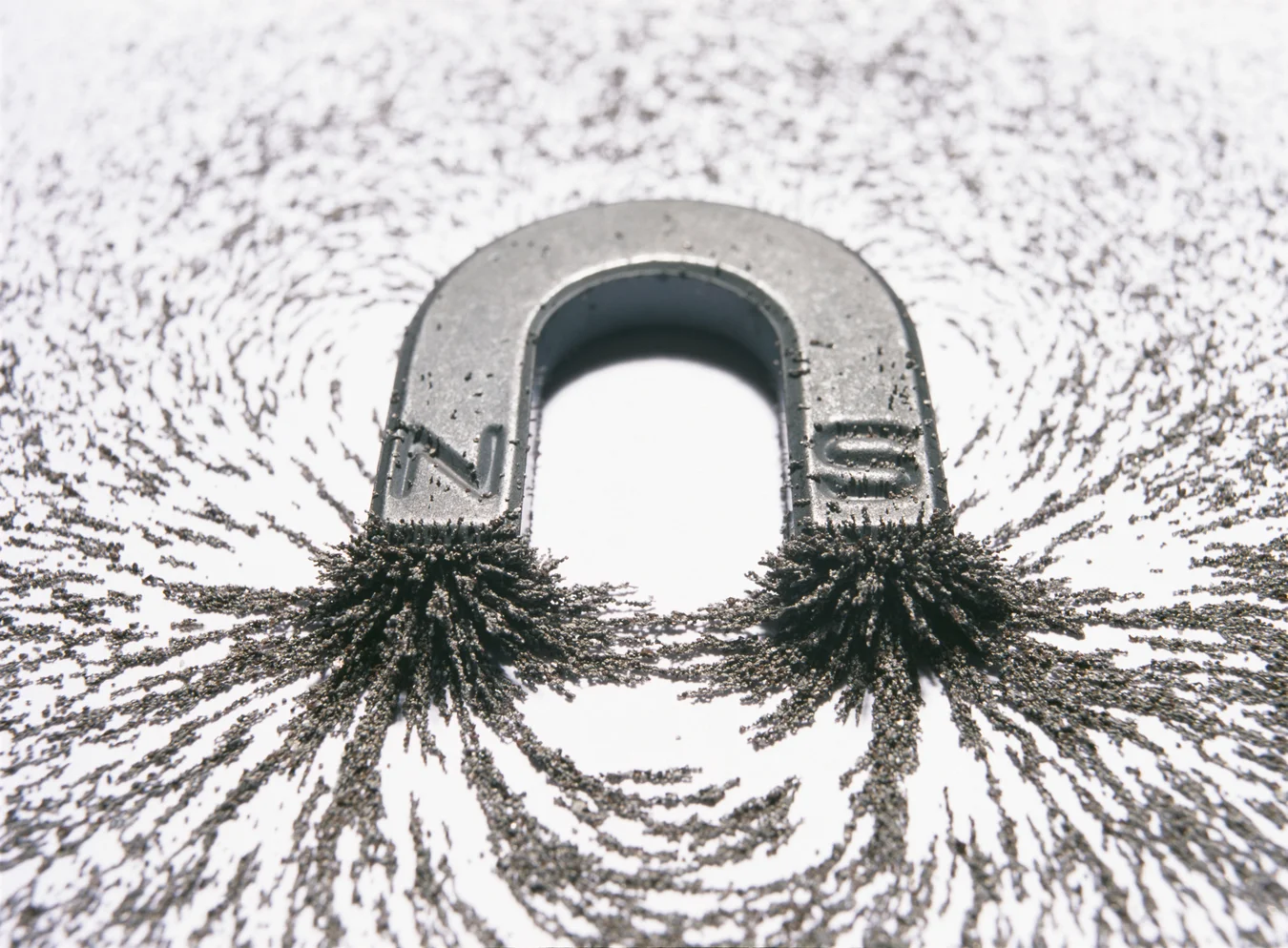
Stainless steel-MAGNETIC PROPERTIES OF STAINLESS STEELS
Twitter Social NetworkLinked In Social NetworkThe magnetic behavior of stainless steels varies considerably, ranging from paramagnetic (nonmagnetic) in fully austenitic grades to hard or permanent magnetic behavior in the hardened martensitic grades. Stainless steels have not found widespread use solely as magnetic materials since their magnetic capability is almost always inferior to conventional magnetic materials. However, there are circumstances and applications where the magnetic or nonmagnetic behavior can significantly influence fabrication and use of these alloys.Read more -
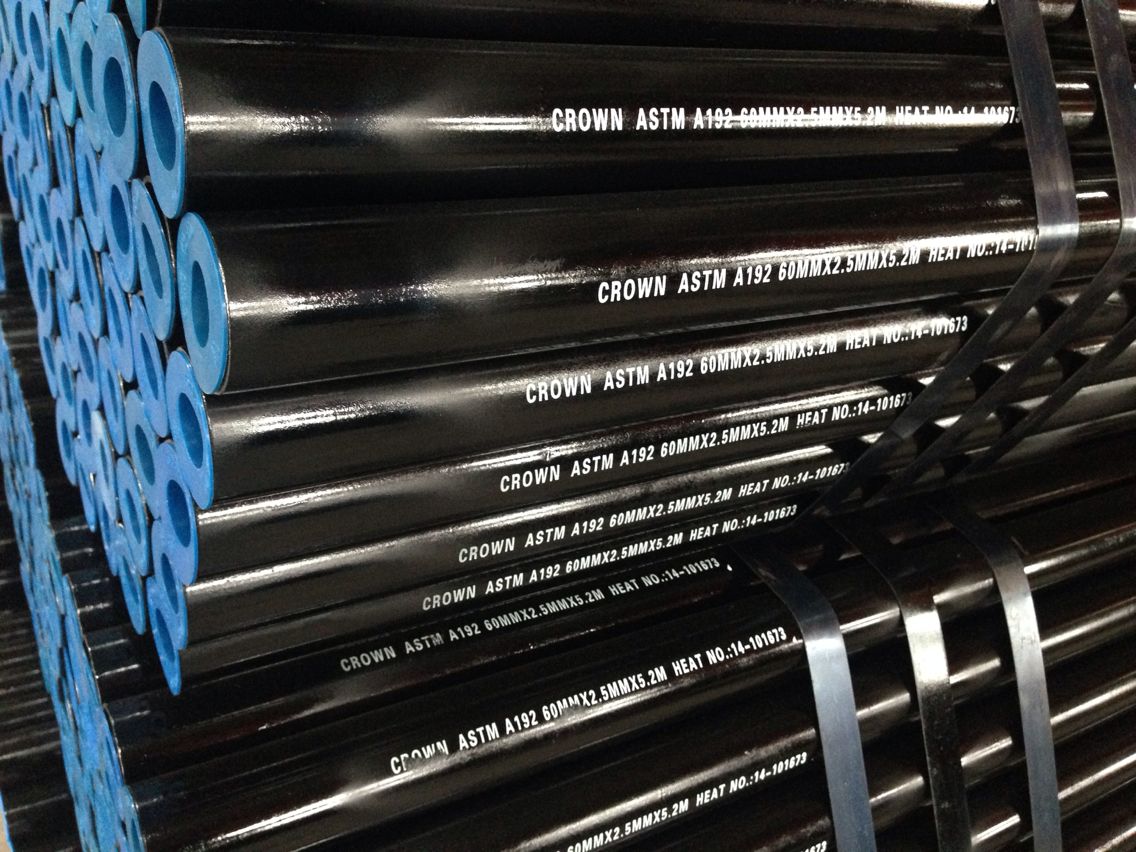
Stainless Steel EFW Pipe-YOUR EVERY DAY METAL: HOW IT'S MADE
If you look around, you will see a lot of steel. Next to plastic and paper, it’s one of the most common materials in products used every day. From your car to your kitchen stove to the door locks, steel is everywhere. In fact, to really put into perspective how essential steel is to our modern world, think about this - it takes steel to make steel.Read more -
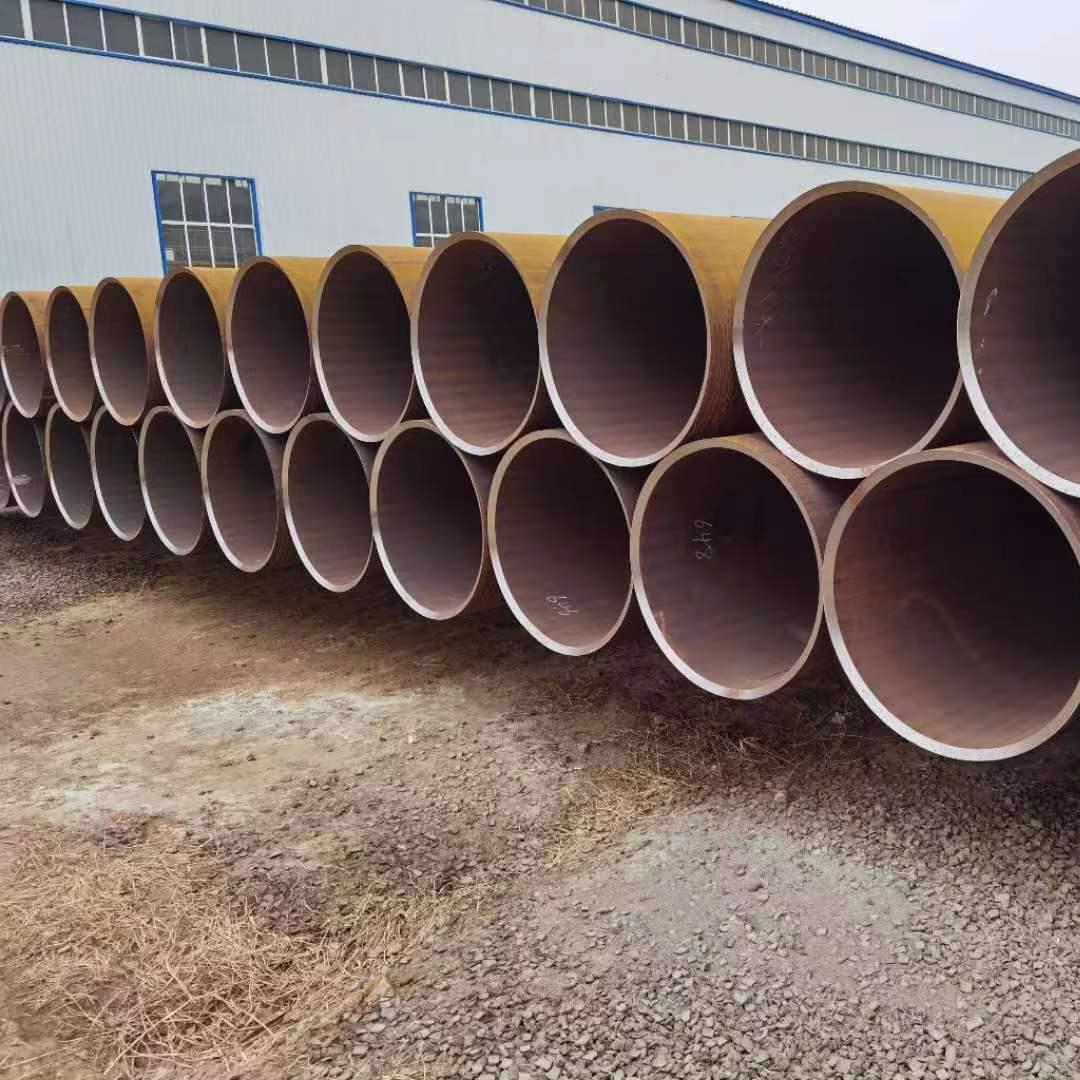
Stainless steel-The Process For Powder Coating Stainless Steel
Surgical steel is a type of stainless steel that's used to produce medical and surgical instruments, as well as dental and orthopedic implants. It's used in biomedical applications due to its high chromium content and low nickel content, which grant it exceptional corrosion resistance, and a low chance of casing metal allergies.However, not all surgical stainless steel grades are suitable for implants; some are just used to produce surgical tools. A good example of this is a medical-grade SAE 630, which has exceptional wear resistance making it suitable for surgical tools. Its corrosion resistance is comparable to that of 304 stainless steel.Read more -

Stainless Steel EFW Pipe-The Steps to Making Stainless Steel
From automotive engines and bicycles to hammers, screwdrivers and industrial machines, countless products are made of stainless steel. Over the past century, stainless steel has become increasingly common. You can now find it nearly everywhere you look. Even with its unparalleled level of popularity, though, many people don’t know how it’s made. If you’re wondering how stainless steel is made, keep reading to learn more about this common and popular steel alloy, including its method of production.Read more -
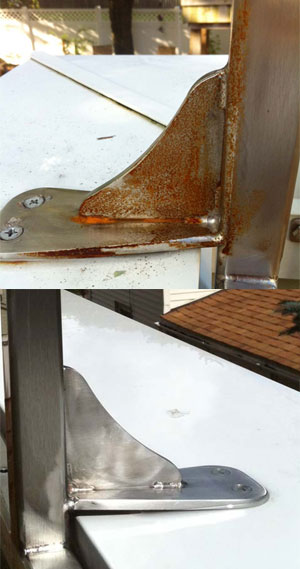
stainless steel Why Does Stainless Steel Rust?
Stainless steel is an alloy made up of iron and at least 10.5% chromium as well as lesser amounts of other elements such as carbon, silicon or manganese. It is the chromium that resists corrosion, making the steel “stainless.” There are over 150 recognized grades of stainless steel, and each has different properties and rust resistance. Some are better at resisting rust than others, but all can rust.Read more -
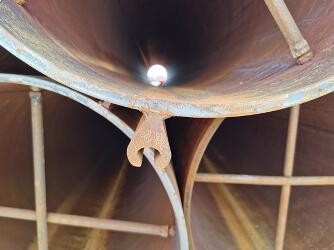
Stainless steel-Are Stainless Steel Fasteners Magnetic?
The micro structure of the metal is what gives the steel its magnetic properties. If the stainless steel chosen was austenitic, e.g. type 316, and a portion of the micro structure were changed to any one of the other four classes then the material would have some magnetic permeability, i.e. magnetism, built into the steel.The micro structure of austenitic stainless steel also changes by a process called martensitic stress induced transformation (MSIT). This is a micro structural change from austenite to martensite and the transformation can occur due to cold working (the process by which many fasteners are made) as well as slow cooling from austenitizing temperatures. Due to martensite being magnetic, the once nonmagnetic austenitic stainless steel will now have a degree of magnetism.Read more -
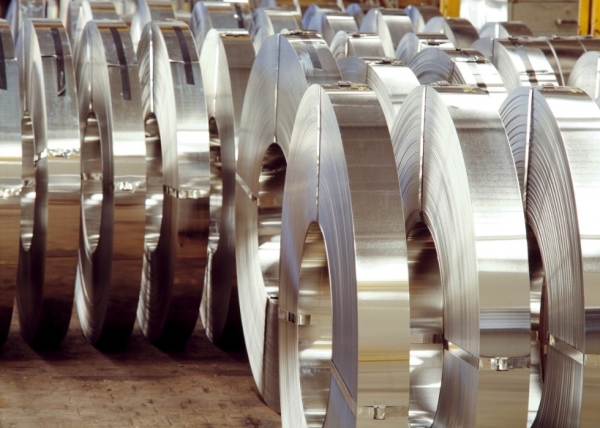
Stainless Steel EFW Pipe-A Brief History of Stainless Steel
The birth of steel goes back about 4000 years when iron-based weapons began to take the place of bronze due to their increased strengths. For thousands of years, the basis of steel was used without really knowing why it was better than its alternatives. Big breakthroughs came in the late 19th and early 20th century, as steel began to be commercially produced. In 1856, Henry Bessemer came up with a new way to reduce carbon content by introducing oxygen into molten iron. This led to a variety of developments in steel, and the U.S Steel corporation was born in 1901. In 1904, a French scientist, Leon Gillet, developed a mix of alloys that made up stainless steel. In 1913, Harry Brearley documented this process, noting the corrosion resistance, and patenting the first martensitic. Enter: Stainless Steel:Read more